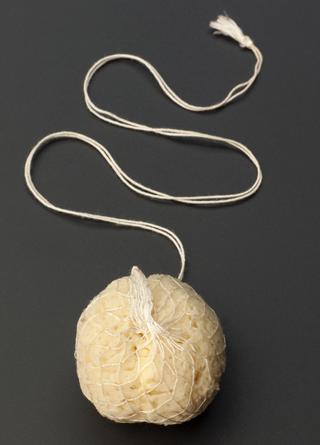
Case for perpetual calendar

Case for perpetual calendar, for calculating time of parturition, wood and ivory, in leather case, by Ferguson of London, 1822-1869
A Perpetual calendar calculates the time of parturition (childbirth) if the date of conception is known. This example is made of wood and ivory. The central disc is rotated to move the calendar with respect to the outer scale. The outer wheel is divided into four labeled parts: Conception, Quickening (movement or foetal activity), Foetus Viable (weeks 25-28), and Parturition (birth). The calendar was manufactured by Ferguson of London. It was used at St. Bartholomew’s Hospital, London. An expected due date (EDD) is after a full 40 weeks of pregnancy. Predicting an EDD is not an exact science. However, it is common to give birth between 38-42 weeks of pregnancy. Doctors now use ultrasound scanning to assess foetal development and estimate due dates.
Details
- Category:
- Obstetrics, Gynaecology & Contraception
- Collection:
- Sir Henry Wellcome's Museum Collection
- Object Number:
- A615358/2
- Measurements:
-
overall: 16 mm x 119 mm,0.1066 kg
overall (no case): 14 mm 118 mm, .1kg
- credit:
- Loan, Wellcome Trust




